Where the Sahara is bounded by the Sahel, a belt of dry tropical savanna, from the south, there lies a timeless testament to knowledge and learning that has weathered centuries as the oldest university in Sub-Saharan Africa.
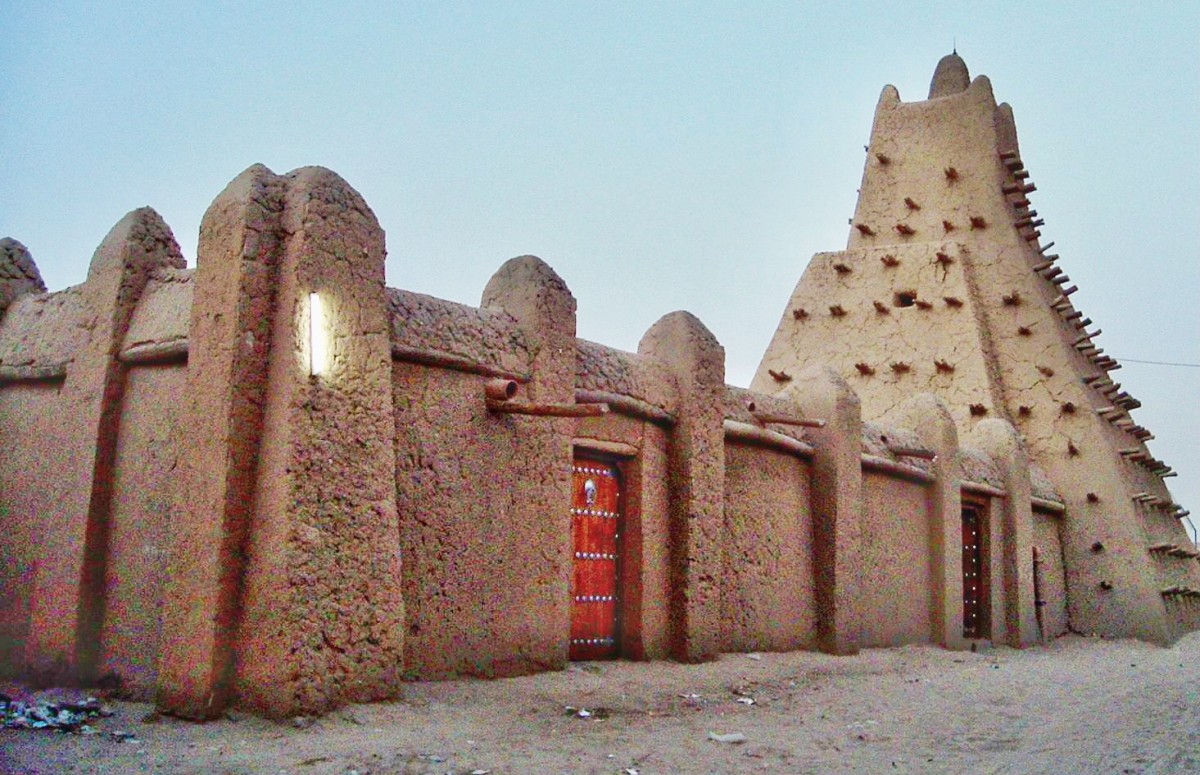 Sankoré Mosque and University in Timbuktu, Mali. Photo: Anne and David
Sankoré Mosque and University in Timbuktu, Mali. Photo: Anne and David
Sankoré University in Timbuktu, Mali, is the oldest continuously-operating university in Sub-Saharan Africa. Known as Sankoré Madrasa (madrasa meaning a college for Islamic instruction), the origins of the university go back to the construction of the Sankoré Mosque in 988 AD, founded with financial support from a Malinke woman. It gradually became a center of Islamic learning, reaching its peak of intellectual and cultural influence under the Mali Empire and the Songhai Empire from the 14th to the 16th centuries.
Timbuktu had long attracted merchants from the Middle East and North Africa, facilitating the exchange of both goods and ideas. Since most of these traders were Muslim, the mosque had a constant stream of visitors. Over time, the mosque accumulated a rich collection of books from across the Muslim world, evolving into not just a place of worship but also a center of education.
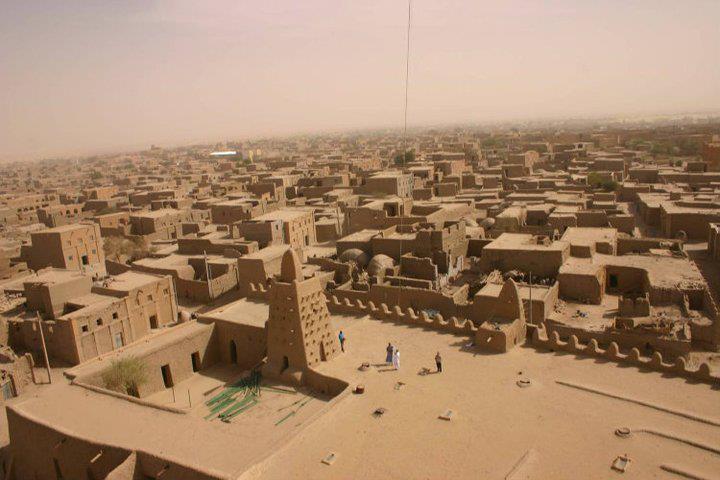 View of Timbuktu with Sankoré Mosque and University in front. Photo: Mousssa NIAKATE
View of Timbuktu with Sankoré Mosque and University in front. Photo: Mousssa NIAKATE
Timbuktu’s reputation attracted more and more people, enhancing the madrasa’s population. Books became highly prized, surpassing other commodities, and local scholars began creating private libraries.
The manuscripts at Sankoré Madrasa highlighted its connections with other Islamic centers of learning (such as Cairo, Baghdad, Cordoba, and Fez), establishing its importance in Timbuktu, with a dedicated class residing at the mosque and held in high esteem by locals and foreign dignitaries, even receiving gifts from the Songhai Kings during Ramadan. Scholars from Sankoré would study and teach globally while on the Hajj pilgrimage.
Sankoré University was not a single building or institution, but rather a network of independent schools or colleges, each run by a master scholar or professor. The students and teachers lived in the same quarters, forming a close-knit community of learning.
The curriculum covered a wide range of subjects, from religious studies and law to literature and art, from medicine and astronomy to mathematics and philosophy. The university also offered practical courses in trades such as carpentry, farming, fishing, construction, tailoring, and navigation.
Students at the university were required to memorize the Qur’an and become proficient in Arabic, as it served as both the university’s common language and Timbuktu’s commercial tongue. The highest degree, akin to a Ph.D., typically demanded a decade of study. During graduation, students had to wear a traditional turban symbolizing ‘Allah,’ representing divine light, wisdom, knowledge, and moral excellence. Graduates were also expected to exhibit outstanding character, uphold Islamic values, and prioritize education before receiving their graduation invitation.
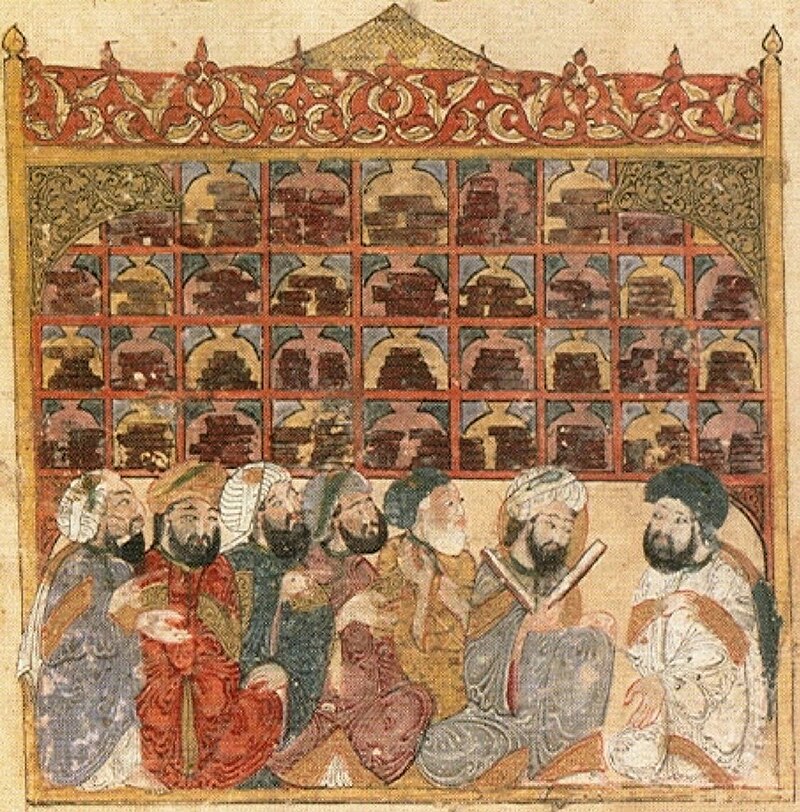 Scholars in the Islamic Golden Age at an Abbasid library in Baghdad, illustration by Yahyá al-Wasiti, 1237. Photo: Zereshk
Scholars in the Islamic Golden Age at an Abbasid library in Baghdad, illustration by Yahyá al-Wasiti, 1237. Photo: Zereshk
By the early 14th century CE, the school had transformed into a fully staffed madrasa, boasting the largest book collection in Africa since the Library of Alexandria. When the Songhai Empire, led by Askia Muhammad, ascended at the beginning of the 16th century, it marked the golden age of Sankoré madrasa, attracting scholars from places as distant as Cairo and Syria. At one point, it enrolled more foreign students than New York University in 2008!
During this period, the quality of education at Sankoré University in Timbuktu surpassed many other Islamic centers globally. The trade in books within the Islamic world was a significant aspect of the university, resulting in a vast number of manuscripts. Sankoré Madrasa could accommodate 25,000 students (in a city of 100,000 people) and boasted one of the world’s largest libraries, containing between 400,000 and 700,000 manuscripts, some of which have survived to this day.
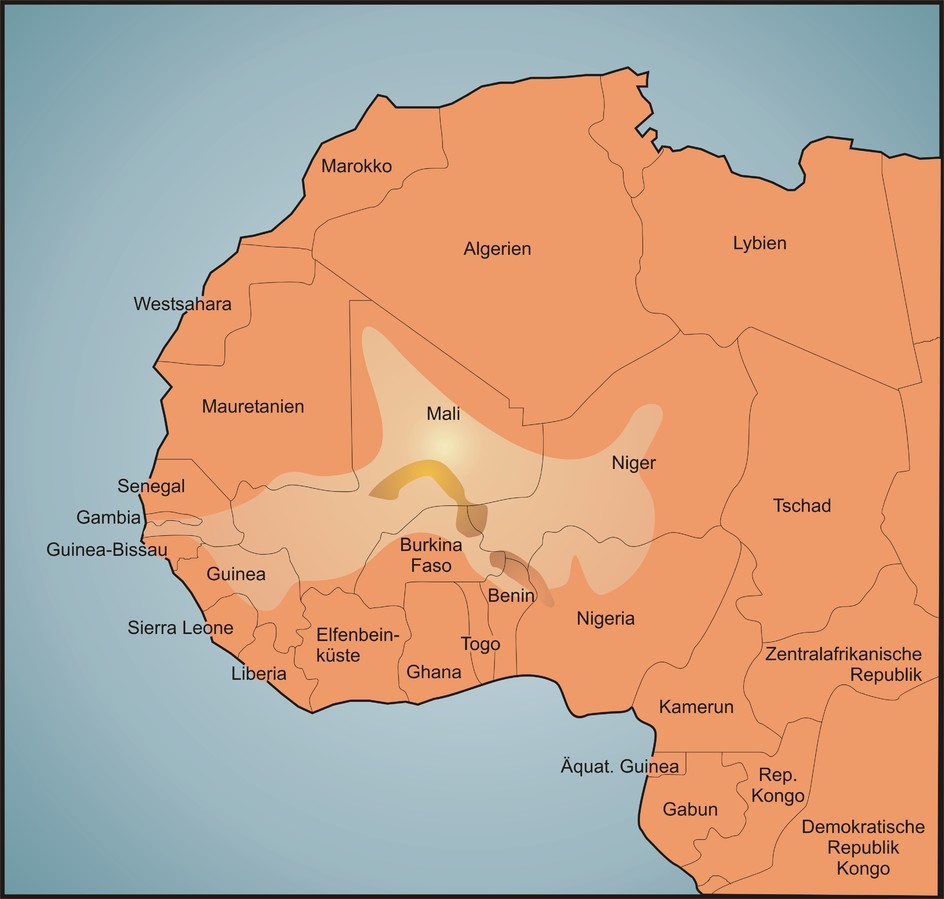 Extent of the Songhai Empire. Image: Presse03
Extent of the Songhai Empire. Image: Presse03
Sankoré University was a source of pride and inspiration for many African scholars, leaders, and travelers. It attracted students from all over West Africa and beyond, who came to seek knowledge and wisdom from its eminent professors, and produced some of the most influential figures in African history.
However, in 1591 AD, Ahmad al-Mansur of Morocco invaded Songhai after the Battle of Tondibi, looting its riches, including the Sankoré Madrasa, which marked the beginning of a long decline for West African states.
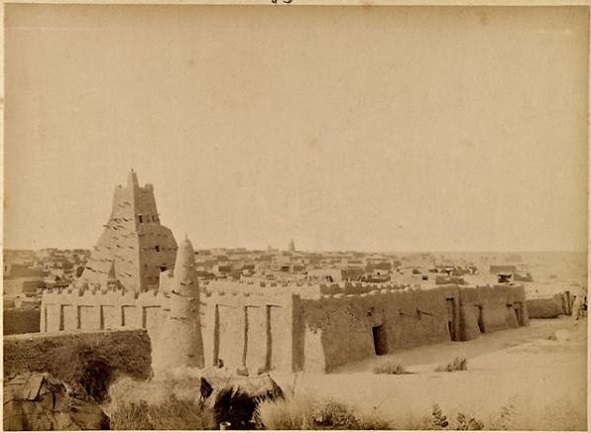 Sankoré Mosque and University in 1893. Photo: Louis Archinard (1850-1932)
Sankoré Mosque and University in 1893. Photo: Louis Archinard (1850-1932)
In recent times, the Sankoré Madrasa’s integrity has been endangered by urbanization, contemporary construction, and the Ahmad Baba Center’s construction, leading to irreversible damage, flooding, and insufficient restoration. Traditional building techniques are also at risk. Fortunately, government-funded restoration and protection committees are now working to prevent further harm.
In its prime, Sankoré University was a shining example of the achievements of African civilization in the fields of education, culture, and science. It was also a testament to the values of tolerance, diversity, and intellectual freedom that characterized Islamic civilization at its best.
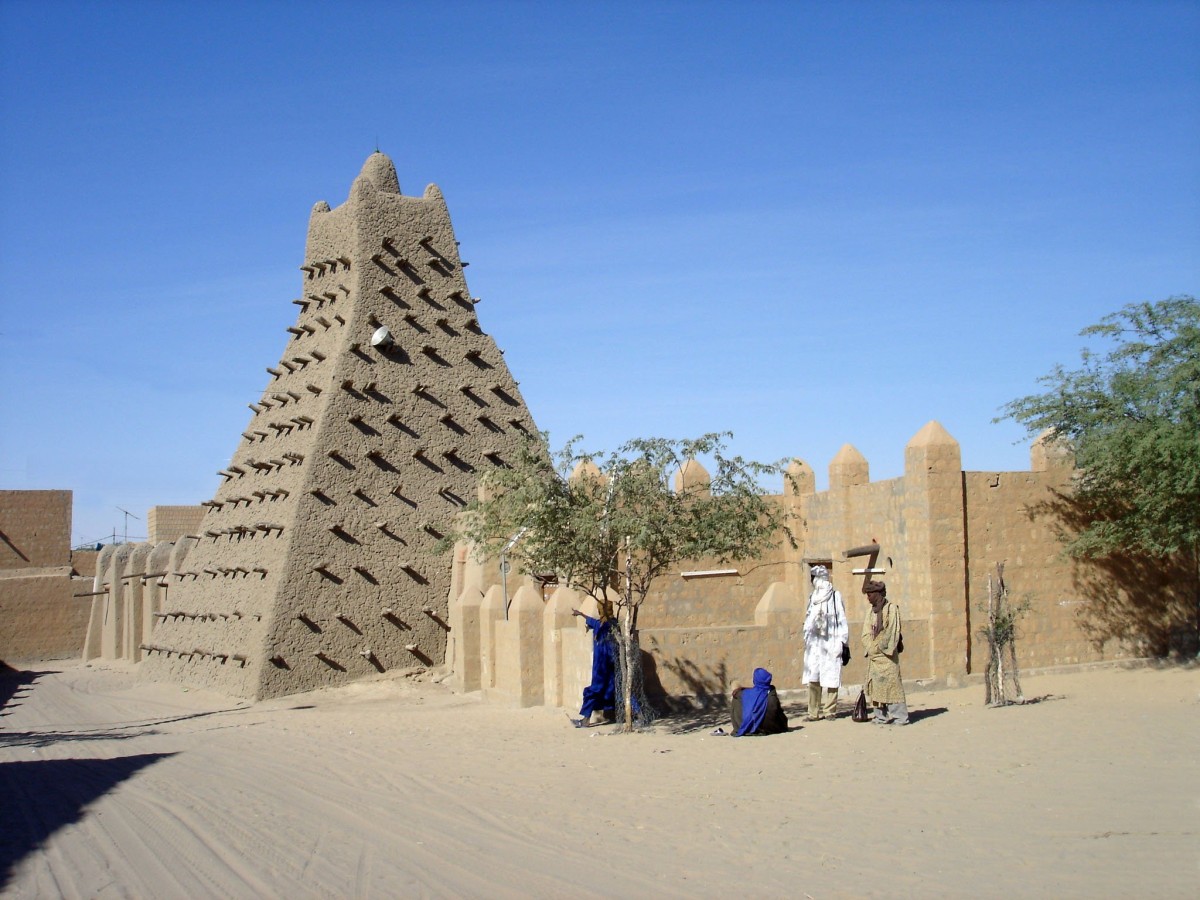 Today, Sankoré University is facing a range of threats from the outside world. Let’s hope it will be preserved for future generations. Photo: Senani P
Today, Sankoré University is facing a range of threats from the outside world. Let’s hope it will be preserved for future generations. Photo: Senani P
Today, despite all the hardships it had endured, the university is still standing as a symbol of Timbuktu’s glorious past and a hope for its future.
Sources: 1, 2, 3, 4, 5